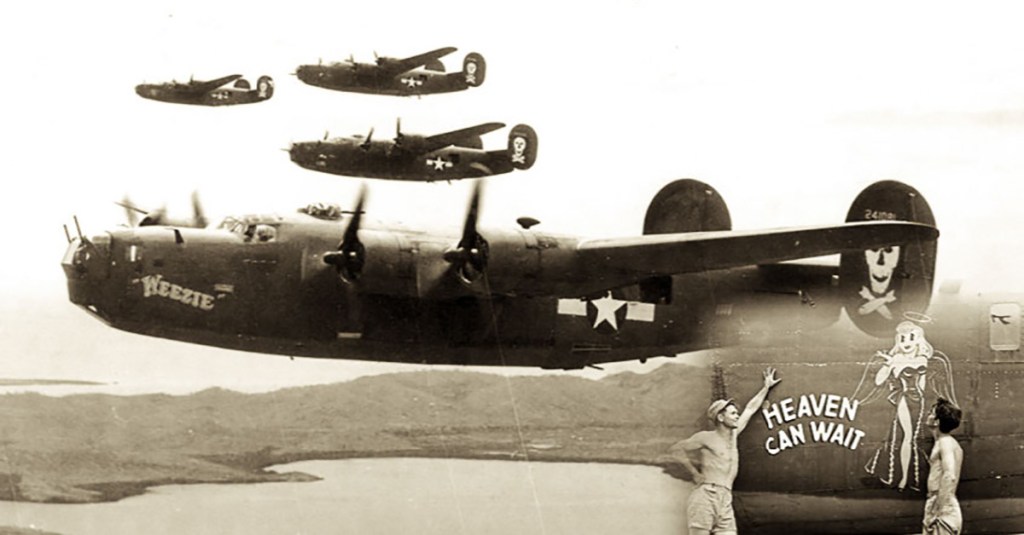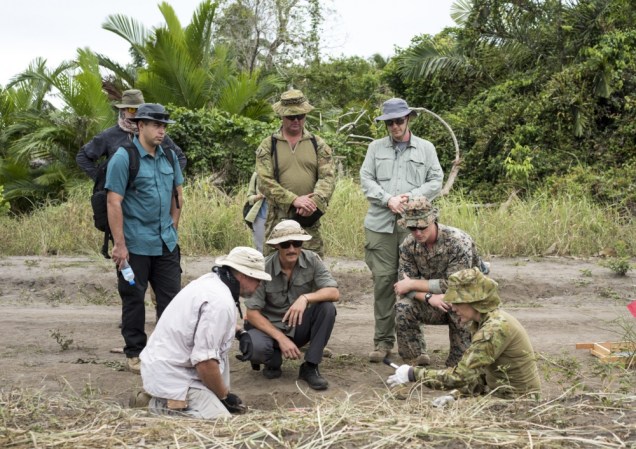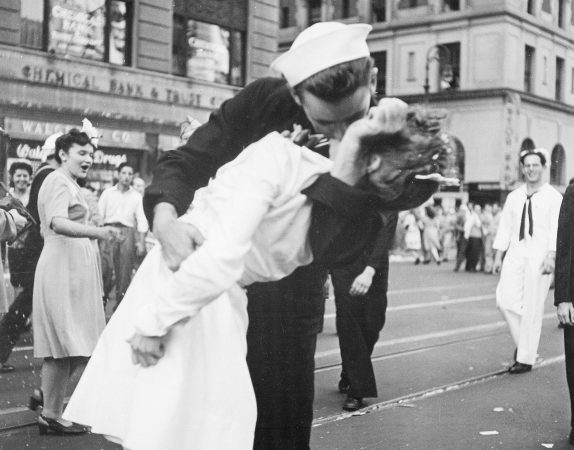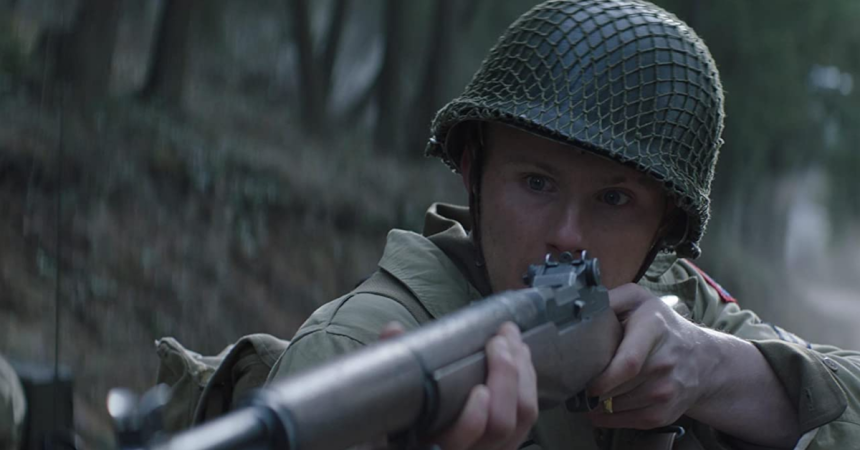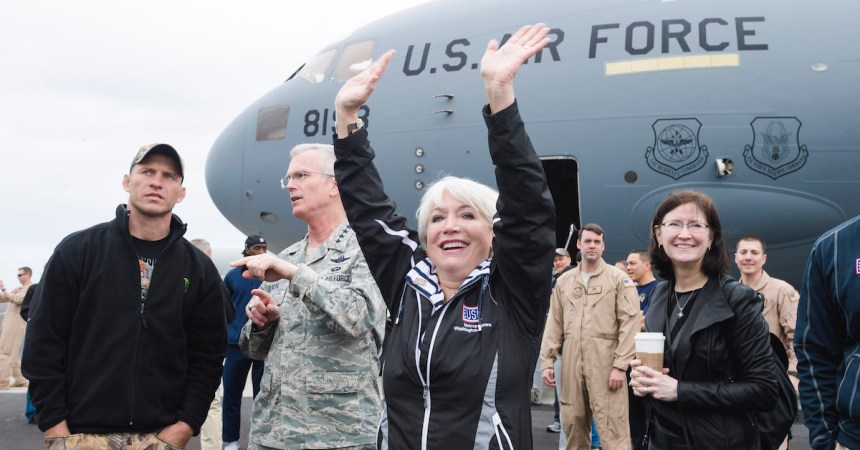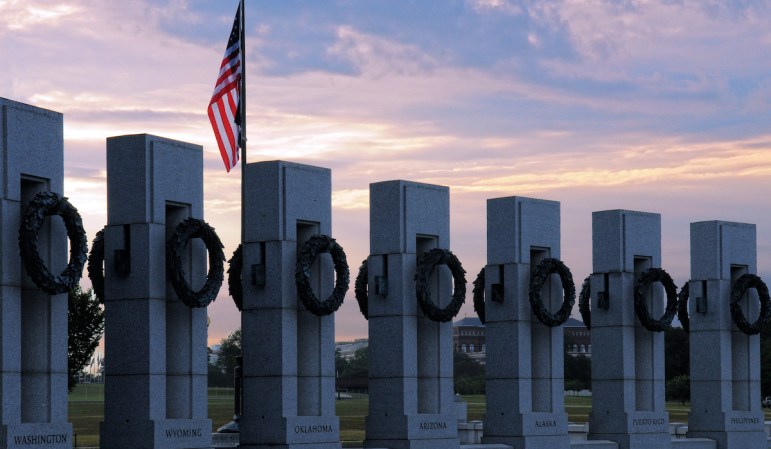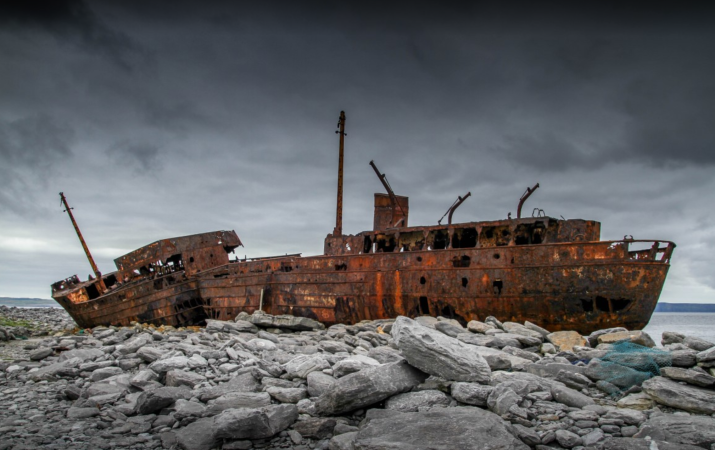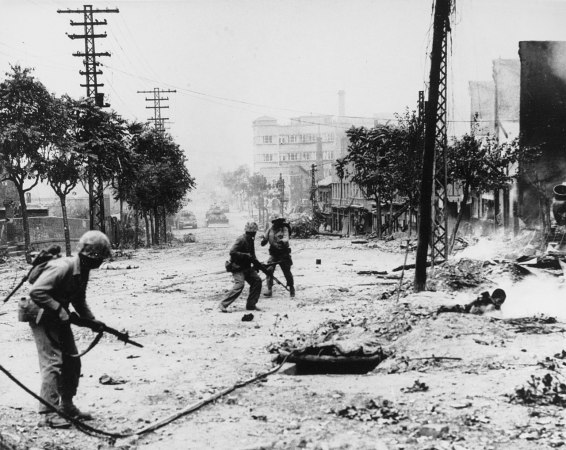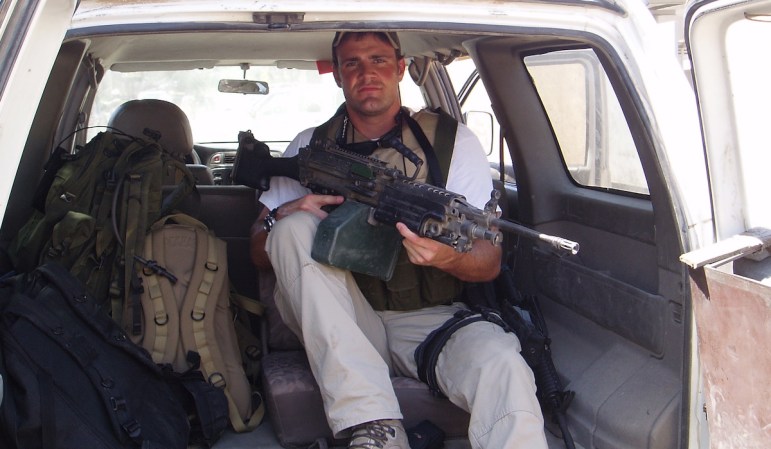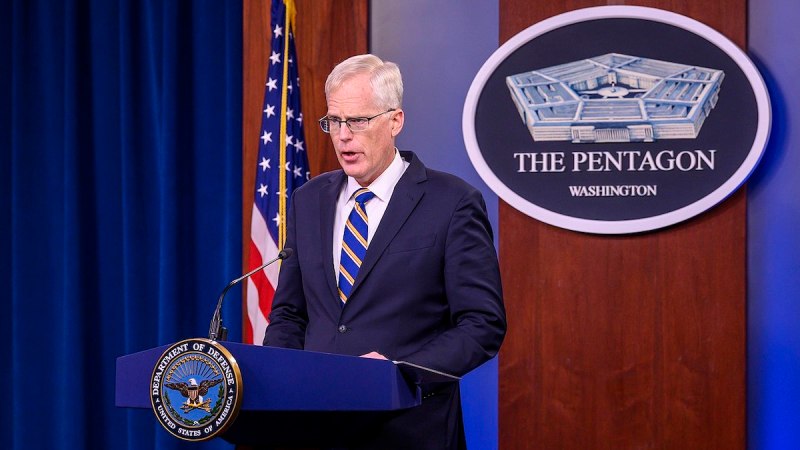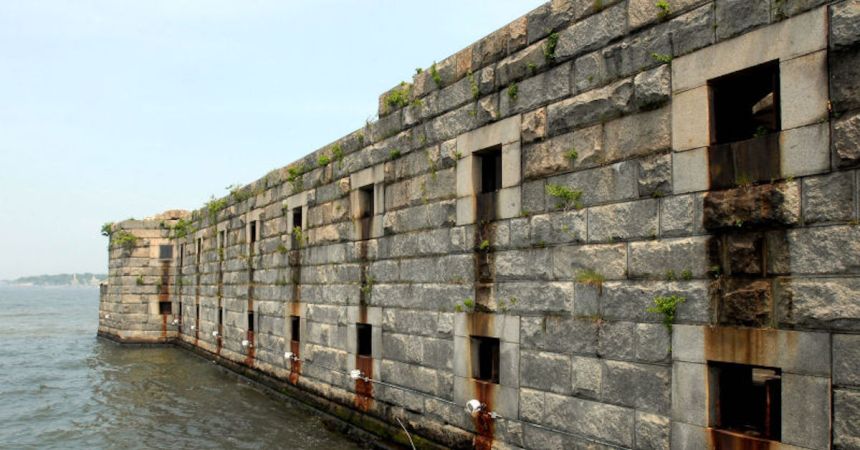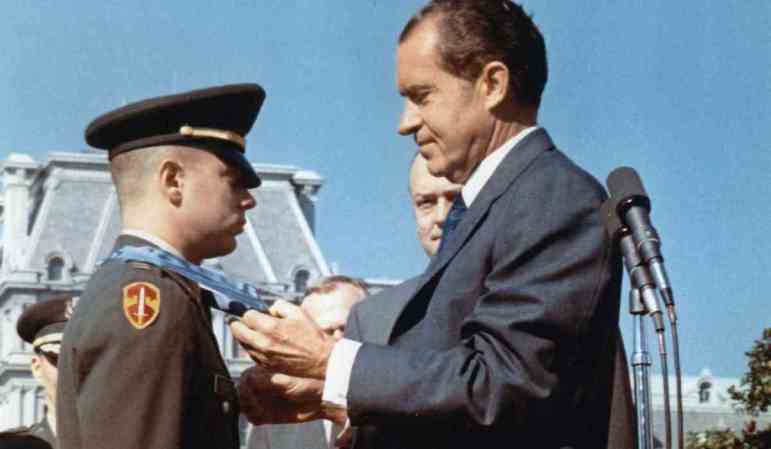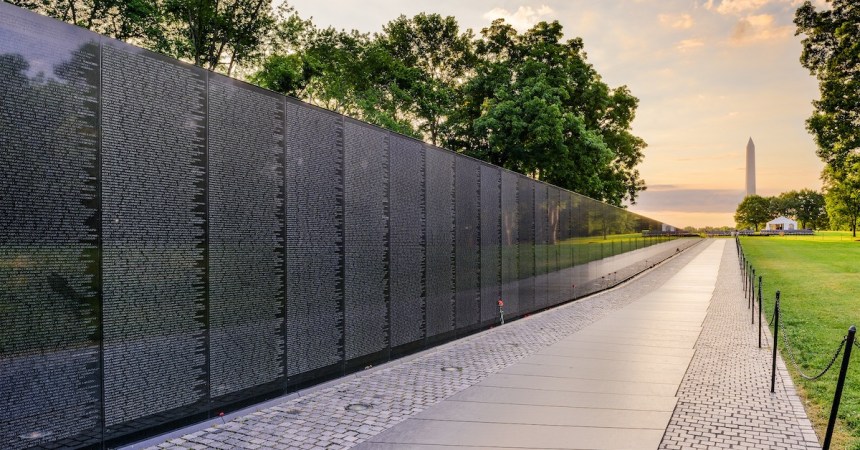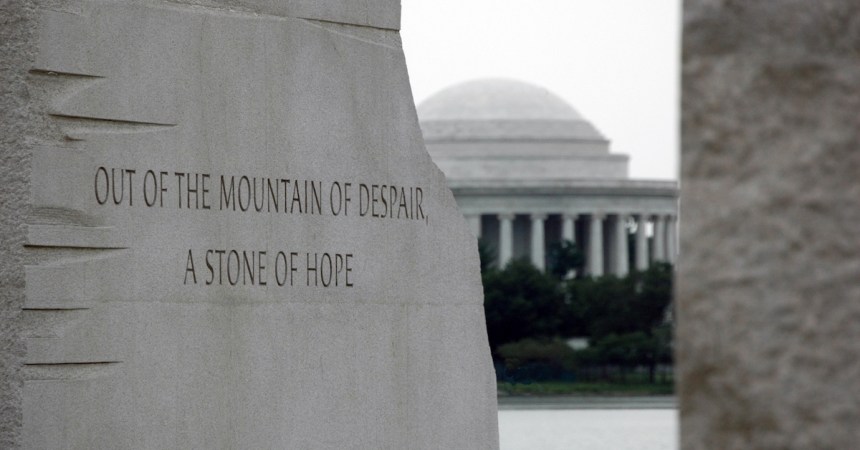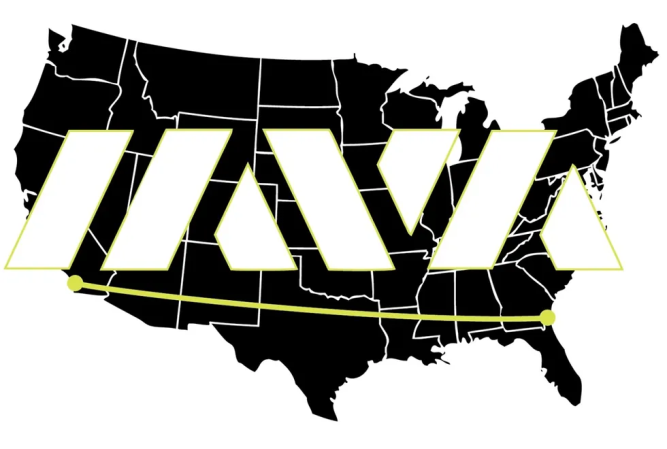Nearly 74 years ago, in the skies over Hansa Bay on the northern coast of Papua New Guinea, 2nd Lieutenant Thomas V. Kelly, Jr. was crewing a B-24 bomber named “Heaven Can Wait.” He and ten other crewmen were on a mission to destroy Japanese anti-aircraft batteries when, suddenly, his aircraft was struck, sending it crashing into the ocean below.
The wreckage and those on board were lost to the sea — until May 2018.

The crew of “Heaven Can Wait.” 2nd Lt. Thomas V. Kelly is pictured in the center, top row.
(Project Recover)
On that fateful day, March 11th, 1944, 2nd Lt. Kelly’s struggle ended — but for those he had left behind back home, it had just begun. Wracked with grief and left without closure, his family pieced together whatever information they could find — eyewitness accounts from military reports, mission documents, diary entries, etc. — to try and better understand. But without help, there would be no conclusion. That’s when Project Recover got involved.

Project Recover makes uses of the most sophisticated underwater imaging technology to find the once-unrecoverable.
(Project Recover)
Project Recover was established 2012 with the goal of locating the underwater resting places of the 72,000 Americans that have gone missing in action since World War II. Through a partnership between the Scripps Institution of Oceanography at the University of California San Diego, the University of Delaware College of Earth, Ocean, and Environment, and the BentProp Project, the organization uses sophisticated, modern technologies to find those once deemed unrecoverable.

The northern end of Hansa Bay, Papua New Guinea.
(Project Recover)
Upon receiving the compiled evidence, Project Recover set out to Papau New Guinea in October 2017, with aims of searching for 5 sunken U.S. aircraft that accounted for 24 MIA. After carefully reviewing the documents and conducting an archaeological study, the team determined that “Heaven Can Wait” was resting somewhere in the north end of Hansa Bay.
It was there, after 11 days of searching across 27 square kilometers of sea floor, that they found her under 213 feet of water.

What remained of “Heaven Can Wait”
(Project Recover)
“This is an important step toward our ultimate goal of identifying and returning home the crew of “Heaven Can Wait” who bravely served our country,” said Dan Friedkin, a member of Project Recover and CEO of The Friedkin Group, whose substantial contribution to the Project made the trip to Papau New Guinea possible.
Since their discovery, a process has begun with the U.S. government to, hopefully, recover and identify the remains of the up to 11 crew members aboard “Heaven Can Wait.” In the last five months, there have been three repatriation ceremonies for veterans who served in World War II — all of which are a direct result of Project Recovery’s work — but much remains to be done.
Dan Friedkin stated, with determination, that the organization’s “search efforts for the more than 72,000 missing American service members from World War II will continue.”
For more about Project Recover, be sure to visit their website. For all the details on the amazing story surrounding the recovery of “Heaven Can Wait,” watch the video below.


